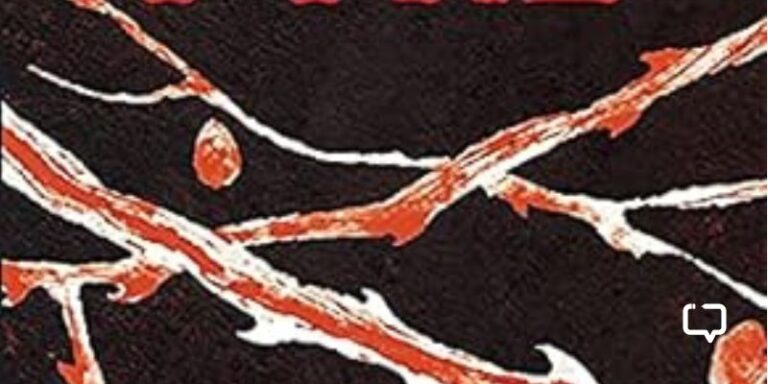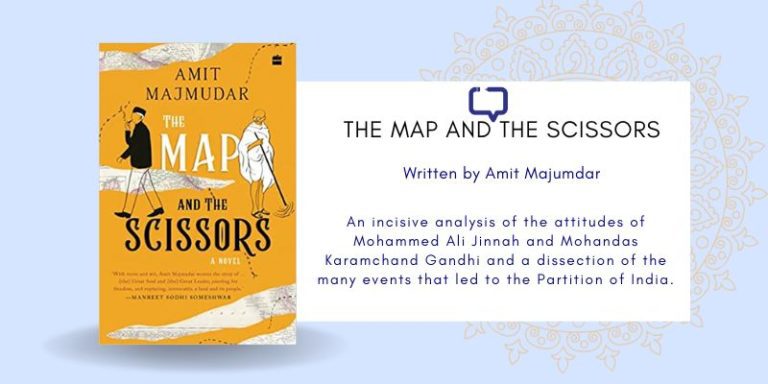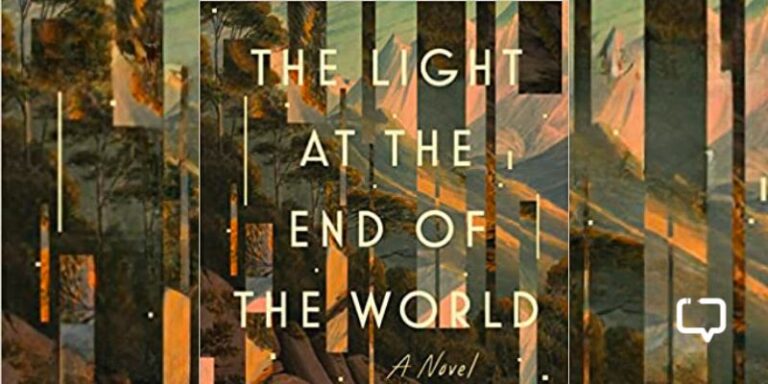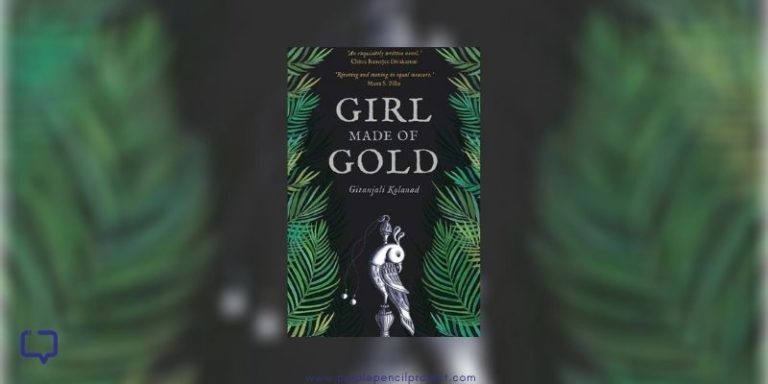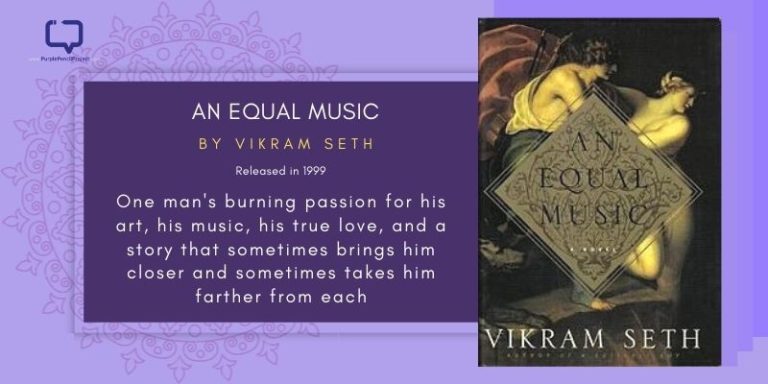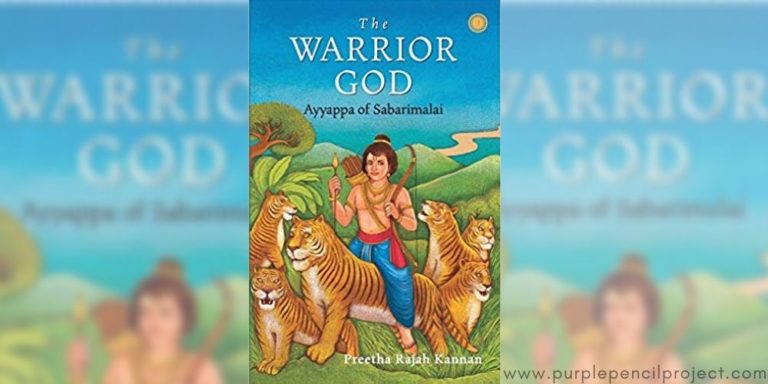When the back blurb of a book compares the New World of 1545 to the Yucatan Peninsula today, when there is magic and historical fiction involved, you expect magic. You expect to be taken on a crazy ride across two eras and see history battling the present in a thrilling contest.
We encourage you to buy books from a local bookstore. If that is not possible, please use the links on the page and support us. Thank you.
Sadly, the blurb is the best-written part of the book. This story about an archaeologist, her mercenary ex-boyfriend and his partner, her missing boss and a hunt for the relics of the Aztec and Mayan civilisations falls short on every account where it could have been. Jonathan Payne and David Jones are ex-army, the whiteman-africanamerican duo that make racist jokes at each other, that grunt to both show approval and disagreement and who, over the years, have become the best of friends. Hector Garcia is a Mexican mafia, whose children have just been kidnapped. Maria Pelati, the said archaeologist has just been summoned from Italy to Mexico by one of the leading scholars of the world, Terrence Hamilton.
From the word go, Kuzneski tries to make the dialogues witty and humorous, with smart quips and sassy comebacks. Not only does this look slightly pretentious, it unnecessarily drags the reading process. When Maria gets into trouble the very first evening she is in Mexico, she calls the two to help her. And from there, there is a laboriously written mystery about how Maria, a Christian scholar’s appointment on a project on Mesoamerican cultures has anything to do with the kidnapping of Hector’s kids. Who is behind both of these events?
You will find out, after slightly mind-numbing 502 pages. The action takes place across a potentially fabulous landscape – archaeological sites, beaches and fancy hotels. The trio travel in search of the missing person across also of the eastern coast of Mexico searching for clues, answers and anything else that might explain Maria’s involvement.
The Aztec and Mayan civilisations were periods of greatness and the two civilisations were quite advanced, but the book does nothing to take you into that world. It sticks to unimaginative prose to discuss the lost prosperity of the native populations and the Spanish invasion of the 1500s and the burning of all of Mayan literature. Diego Landa shines through as the historical bad boy. And he is far more interesting than any of our lead characters.
Historically, a few codices and artefacts have survived, hidden from the all-worldly research. One of them is The Death Relic, which doesn’t make an appearance till the final few chapters, around page 463. It is severely disappointing. What should have been the climax is just an extension of the ongoing plateaued pace of events.
The characters are another letdown of the book. Jon and David’s friendship is nice if a run-of-the-mill. The section where Jon and Maria fight, “Because Jon didn’t like the tone of her voice,” seems blown so out of proportion, it can’t even be called dramatic. This, notwithstanding that for the most part of the book, it is they who order her around and then crib that “They know their jobs well, so she should just not interfere.” In Maria’s character, Chris writes the cliche of a helpless girl, armed with nothing but her knowledge. And even that, she has no idea how to use it. And her eventual role is minuscule – she locates the required spot but needs Payne’s physical height to reach it. As is revealed, she was called upon for this mission only because she was trustworthy. And even though Maria calls Payne and Jones, it is their show all the way. Both she and Tiffany, mighty competent women themselves are reduced to nothing but puppets at the end, even where they are playing an active role. Tiffany has some moments of glory in the climactic battle but it seems Maria must shine through only when she kisses Jones on their way back.
In a way, this propagates the world of academics and scholars to even more dangerous territory – they are boring. Sure, they will answer your clues and they will solve the riddles but take them outside this and they are useless. As he writes, “The sooner she started to view herself as a target, the sooner she would start following orders. At least, that was the goal. In the long run, her compliance would benefit everyone.”
Kill me now.
The only character that stands out is Petr Ulster – his dialogue is well-written and moments involving him make you smile and giggle.
There are some seriously unfunny attempts at humour, among which include questioning the Hardy Boys’ sexuality. Chris uses way too many cliches throughout his book – “They knew him more for his brain than his brawn..” or “..it hit her like a childhood trauma she had just remembered..” and takes the potential out of the story. As an editor, I now have started seeing sentences and style and how simple changes, fewer words and lesser banal dialogue greatly lift the story.
Thematically, the book paints a realistically unlikable picture of the Church and its former atrocities and glorifies the Mayan and Aztec civilisations. However, towards the last battle, when Angel and his men are hunting Tiffany, it is evident that theirs is a party of stupid fools who will kill anyone on their path while it is Payne who had all the smarts and the care. It is needed in the story – but by painting all of them as evil, I think he just adds to the already prevalent stereotypes. Sure, the tour guide can be a nice little fellow; but Angel and Hector cannot even have a team that is smart enough to fight strategically. This, after the first few chapters, go far to establish how powerful Hector’s organisation, of which Angel is second-in-command, really is.
The historical research is good – there are a lot of details of the events after 1549 and the Spanish invasion, their atrocities, the burning of the entirety of Mayan literature and the punishment of those that didn’t convert to the Church. From the point of world history, this is an interesting time, because in 1633, in Japan, men and women were being punished for exactly the opposite – for being Christians. Shusaku Endo ‘Silence’ is based on the very period and of this, we will speak at length soon.
Eventually, The Death Relic teaches you that historical research, plot and action are not enough. Character and writing style are still very much important. And one must be able to visit the historical world, no matter how old or new. In Irving Wallace’s The Seventh Secret, I have transported to 1945 Germany and in Jonathan Stroud’s Ptolemy’s Gate, Alexandria truly came alive, for a short span though it was. These are good examples of tackling historical fiction by ensuring that history is not only researched but felt too. Saying “Maria’s eyes shone with her passion for history” does nothing when the reader stands unconvinced.
Skip this one.
Favourite Quote
For more than ten minutes, the dolphins had followed them wherever they went. Not in a predatory way. More like a game of follow-the-leader. Back and forth, side by side, as fast as they could go. It was, without a doubt, one of the coolest things he had experienced. Two species, intrigued by each other, sharing the open sea.
Recommended Age Group: 13-15
*Feature Image Courtesy – Chris Kuzneski











